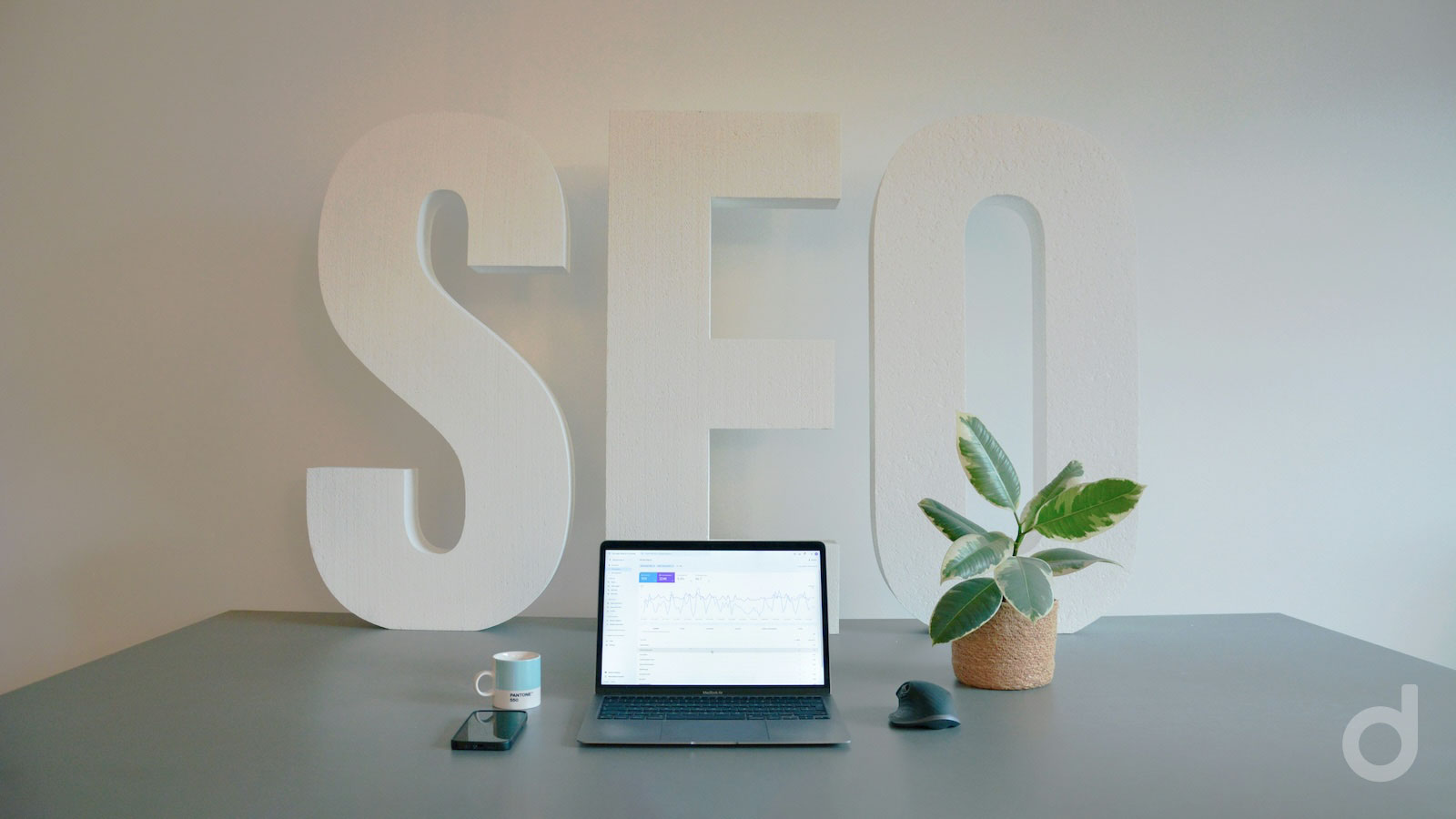Are you prepared for Google’s Page Experience Update and Core Web Vitals, the company’s newest core ranking factors?
Google announced something called Core Web Vitals on May 28, 2020. These Core Web Vitals became Google core ranking signals starting in mid-June 2021.
More options for a core ranking increase can be found in Core Web Vitals, which test and evaluate the speed, responsiveness, and visual stability of websites.
But only if you do it correctly.
Keep reading to find out all of the important details on how to succeed in this task.
What are the Core Web Vitals?
When Google ranks your site, it evaluates a lot of page experience metrics, but this group of three Core Web Vitals has been regarded as the most critical for a high-quality page experience, and user experience. These are in addition to the other factors Google considers in its algorithms, such as mobile-friendliness, site security, and the presence of unwanted interstitials.
These Core Web Vitals represent a separate component of the user experience, are measurable in the field, and reflect the real-world experience of a user-centric outcome, according to Google ranking reports.
This set of measurements will not remain static; it is intended to evolve over time, with the addition of new variables. We can concentrate on the three measures we know about for the sake of 2020 and the incorporation of these indicators into the algorithm in 2021.
Largest Contentful Paint
The time it takes for a page’s primary content to load is measured in Largest Contentful Paint (LCP). This is significant because websites don’t load everything at once. Instead, your browser sends numerous requests to the website’s server for different elements such as photos and CSS files. Once these have been transmitted to the browser, it will start putting the website together so that you can view and interact with it.
It will take longer for your browser to compile all of these elements so visitors can view your webpage if there are too many requests or files are too huge. The Largest Contentful Paint is the point at which all of this content is arranged and accessible, and the faster this happens, the better.
An LCP of 2.5 seconds or less is considered ‘Good’ by Google, whereas anything over 4 seconds is considered ‘Poor.’
First Input Delay
The FID is the time it takes for your browser to make the first request to load a page and for your host to respond. You’ve probably experienced a long initial input delay if you’ve ever clicked a link, watched your browser make a request and then watched nothing happen for a few moments.
This metric should be less than 100ms, according to Google, and studies suggest that individuals can feel latency as low as 13ms, but become aware of it as it reaches 75-100ms. The term “first input delay” refers to more than simply clicking a link to load a new page.
Clicking buttons, inputting text or selecting a field, and accessing a menu can all be tracked.
The one constraint is that Google can only test this metric if consumers engage with your page. When you try to run a report to test your site and there is nothing to click or perform, you may get no data.
Cumulative Layout Shift
CLS is an experience-based statistic rather than a time-based metric. The cumulative layout shift score increases every time a visible element moves unexpectedly from one rendered frame to the next, and it is a measure of layout stability.
This is particularly prevalent with pop-up data fields or any other visual feature that loads late in the page experience and causes other page elements to shift down or in another direction.
Google is taking this into account because high CLS scores are linked to a bad user experience because page elements move while the visitor is actively seeking to interact with them.
How To Test Your Website For the Core Web Vitals
Google has updated its Page Speed Insights tool to include the Core Web Vital data, making it relatively easy to prepare for the addition of the Core Web Vitals. Simply input the URL you’d like to test, and it’ll tell you how you’re doing on these and a few more metrics. It also places you on their grading system, allowing you to see where your site stands on the scale and how close you are to being classified as “Good.”
Installing a browser plugin that delivers data on these metrics when you visit each website is another option. This plugin contains a badge that changes colour depending on your scores and clicking on it displays the actual figures.
Concluding Thoughts
You have plenty of time right now to test your site, assess where you stand, and begin making adjustments, so don’t put it off. For quite some time, Google has been making improvements to include user-experience-based signals, and this is just another step in that process. There’s always more from Google’s core web vitals, so use the tools above to prepare your site while you focus on the other aspects of your SEO strategy.





